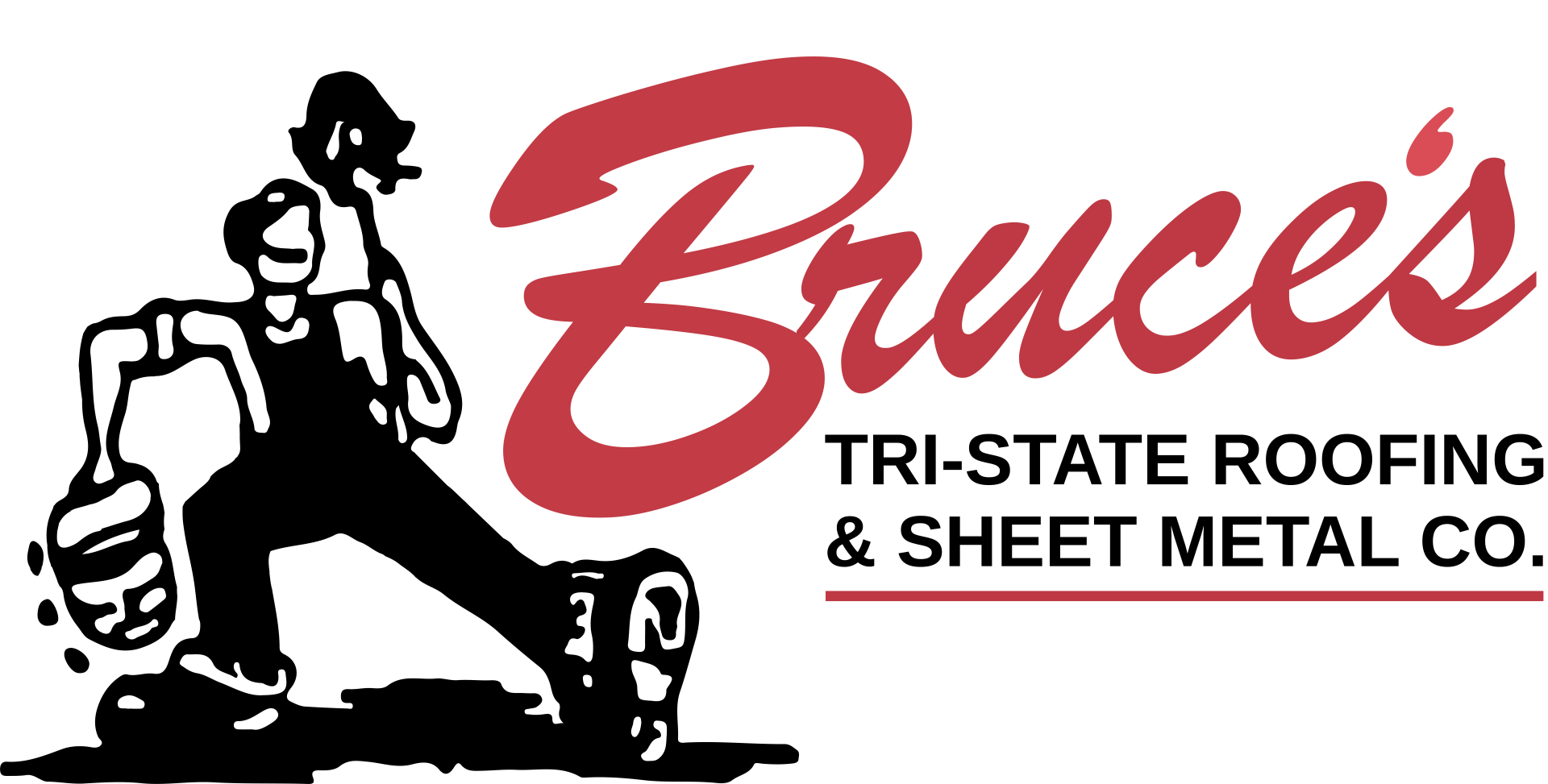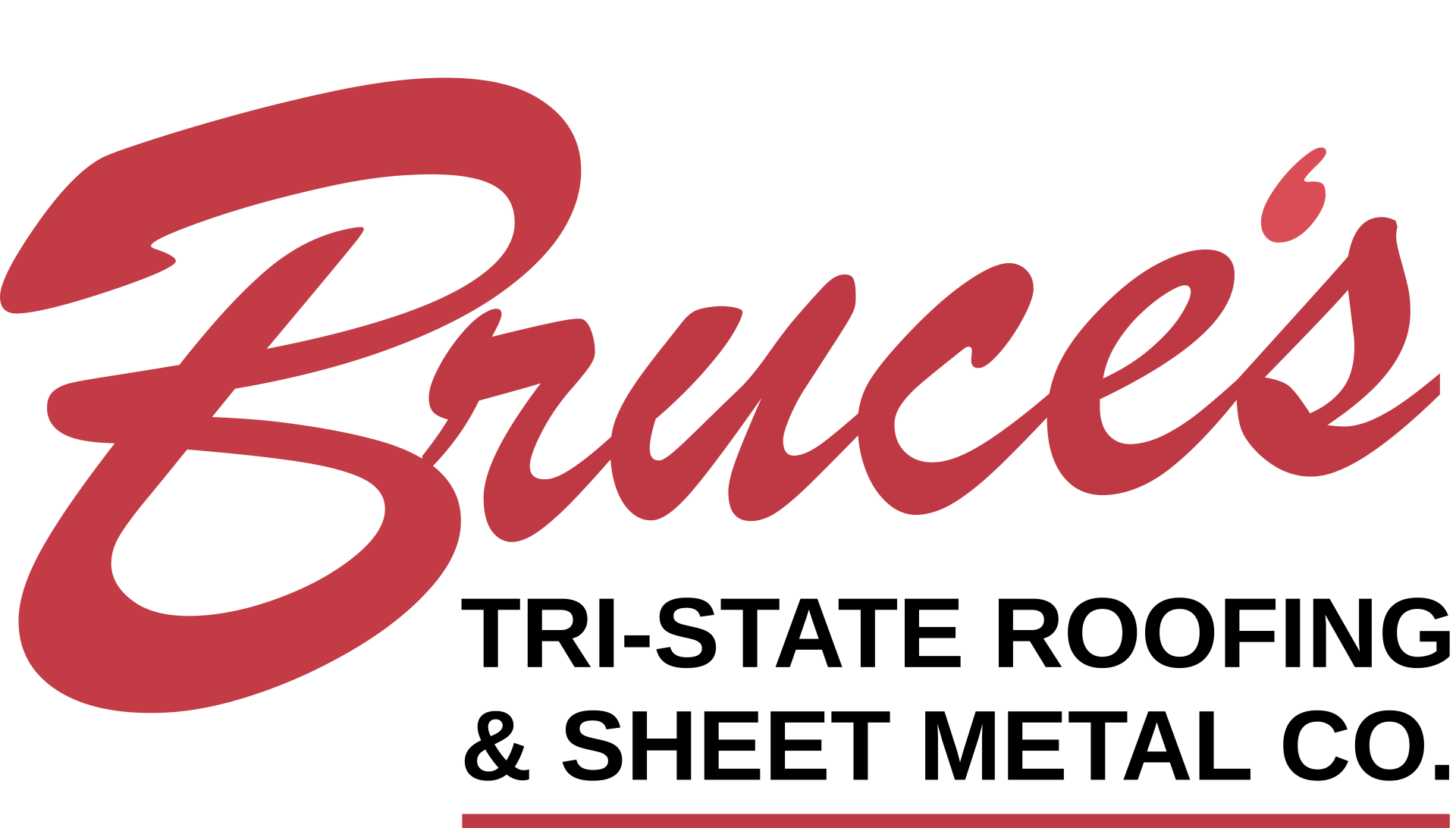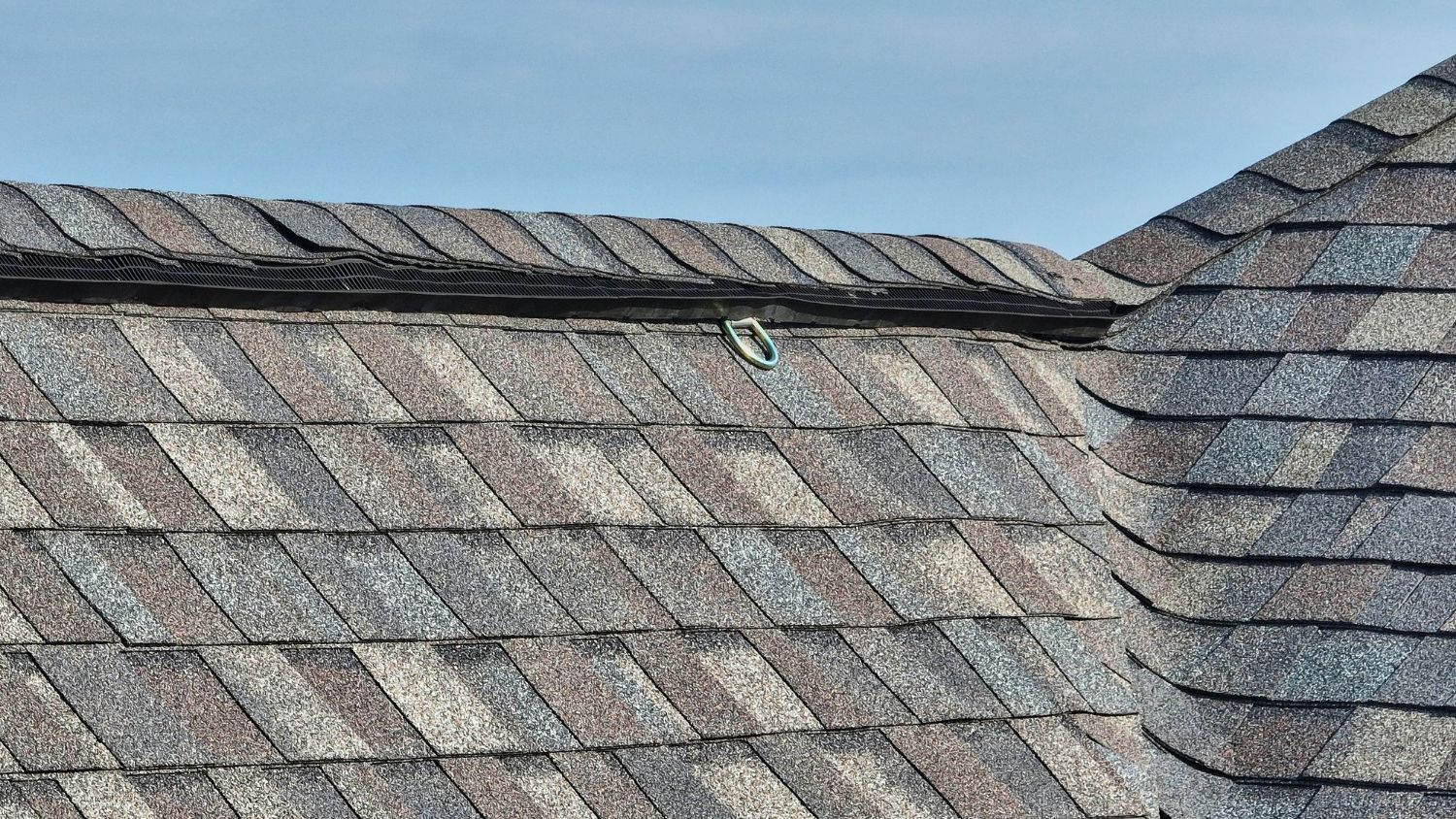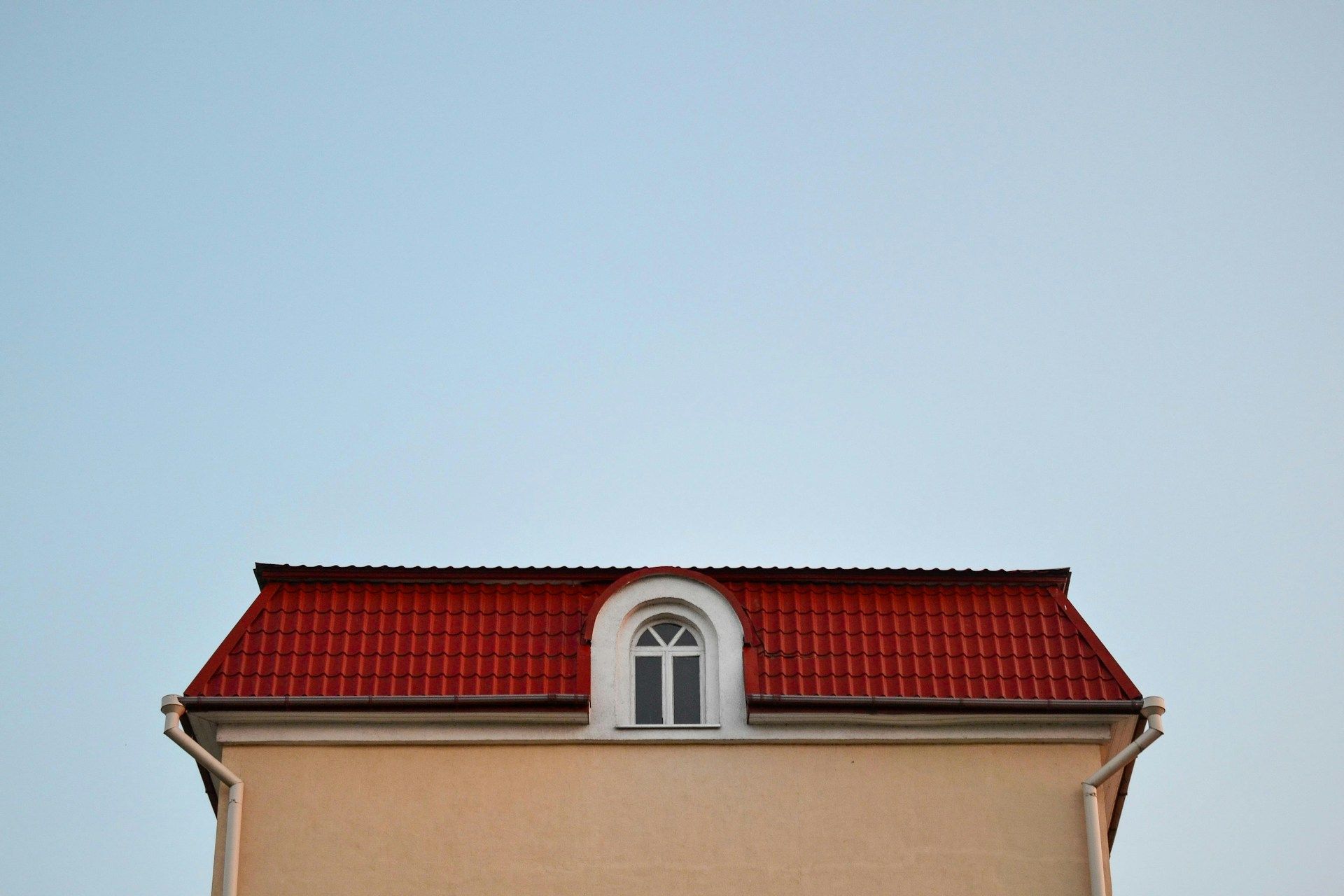
Ever wondered why houses have those little vents on the roof? Or maybe you've noticed some folks in your neighborhood getting new ones installed and you're wondering if you should do the same. Well, you've come to the right place to decipher the mystery of those rooftop fixtures—we're talking roof ventilation. It's one of those things that doesn't get a lot of attention until there's a problem, but it's a crucial part of a healthy, functioning home.
Roof ventilation might seem like a pretty niche topic—the kind of thing that's only of interest to builders, architects, and serious DIY enthusiasts. But if you own a home, or you're thinking about buying one, it's definitely something you should know about. Get ready to become an expert on all things roof ventilation!
Understanding the Importance of Roof Ventilation
Proper roof ventilation provides numerous benefits for your home's overall health and efficiency. Here, we break down the key advantages of investing in an effective roof ventilation system:
1. Prevents Moisture Buildup: Roof ventilation prevents moist, warm air from becoming trapped in your attic, which can lead to mold, mildew, and rotting of wood infrastructure and insulation.
2. Protects Roofing Materials: Temperature fluctuations caused by inadequate ventilation can lead to shingle deterioration, reducing your roof's lifespan.
3. Reduces Energy Consumption: Ventilation helps regulate indoor temperatures, decreasing the strain on heating and cooling systems, ultimately lowering energy bills.
4. Controls Indoor Air Quality: By ensuring proper airflow in your attic space, roof ventilation helps maintain healthy indoor air quality by eliminating moisture-related hazards.
Exploring Various Types of Roof Ventilation Systems
There are several types of roof ventilation systems available, each with its unique benefits and drawbacks. Understanding these variations will help you select the ideal solution for your home:
1. Ridge Vents
Ridge vents are discreet systems installed along the peak of the roof, allowing warm air to escape. They offer a continuous ventilation strip that can perfectly blend with your roof's appearance.
Pros: Minimal visual impact; effective in evenly distributing ventilation; prevents insects and debris from entering the attic.
Cons: Requires professional installation; may not provide enough ventilation for larger attic spaces.
2. Soffit Vents
Soffit vents are installed in the eaves of your home and allow fresh air to enter the attic. They are often used in conjunction with ridge or gable vents to provide a balanced intake and exhaust airflow.
Pros: Easy to install; provides consistent air intake; minimizes potential for ice dams in colder climates.
Cons: Can become blocked by insulation or debris; may be susceptible to weather damage or pests.
3. Gable Vents
Gable vents are mounted on the gable ends of your home, facilitating air exhaust. These vents can be decorative or simple and come in various shapes and sizes.
Pros: Easy to install; compatible with many architectural styles; solar-powered options available.
Cons: May not provide optimal airflow in larger homes; less efficient in wind-driven environments.
4. Box Vents
Box vents, also known as low-profile or flat vents, are installed over an opening cut in the roof deck. These vents are typically used in conjunction with soffit vents and take advantage of the natural rising warm air phenomenon.
Pros: Simple, cost-effective solution; various styles available.
Cons: Requires multiple vents to achieve sufficient ventilation; potentially high visual impact on the roofline.
Tips for Maximizing Your Roof Ventilation Efficiency
To ensure your roof ventilation system functions optimally, consider implementing these expert recommendations:
1. Balance the Intake and Exhaust: A balanced ventilation system has equal amounts of air intake through soffit vents and air exhaust through ridge or gable vents. This balance helps reduce the risk of condensation, mold growth, and diminished insulation performance.
2. Inspect Regularly: Schedule routine inspections with a professional roofing contractor, like Bruce's Tristate Roofing, to ensure your roof ventilation system is functioning correctly and debris-free.
3. Insulate Properly: Proper insulation is critical for maintaining energy efficiency and preventing drafts or heat loss. Ensure your attic insulation does not block airflow from your soffit vents.
4. Seal Air Leaks: Air leaks can undermine the effectiveness of your ventilation system. Seal gaps and cracks in your attic's walls, ceilings, and around plumbing and electrical fixtures to prevent air leakage.
Consulting a Professional for Optimal Roof Ventilation
Working with a professional roofing contractor experienced in roof ventilation systems is crucial for determining the perfect solution for your home. Expert guidance can help you assess your existing roof ventilation, identify areas for improvement, and develop a plan tailored to your home's specific needs.
The Essentials of Roof Ventilation and Its Value for Your Home
Understanding the importance of proper roof ventilation is key to maintaining a healthy and energy-efficient home. By exploring the various types of roof ventilation systems, implementing tips for maximizing efficiency, and consulting a professional, you can ensure your home's roof remains functional and long-lasting.
Trust Bruce's Tristate Roofing for expert guidance and superior roofing services tailored to your individual needs. Contact
roofing contractors in Owensboro, KY, today to take a confident step in securing your home's comfort and efficiency.
Have Total Confidence in the Roof Over Your Head
Hire an experienced commercial roofing company serving the entire Tri-State area


Hours
Mon: 7:00AM-4:00PM
Tue: 7:00AM-4:00PM
Wed: 7:00AM-4:00PM
Thu: 7:00AM-4:00PM
Fri: 7:00AM-4:00PM
Sat: Closed
Sun: Closed
All Rights Reserved | Website Designed & Developed By Oddball Creative


